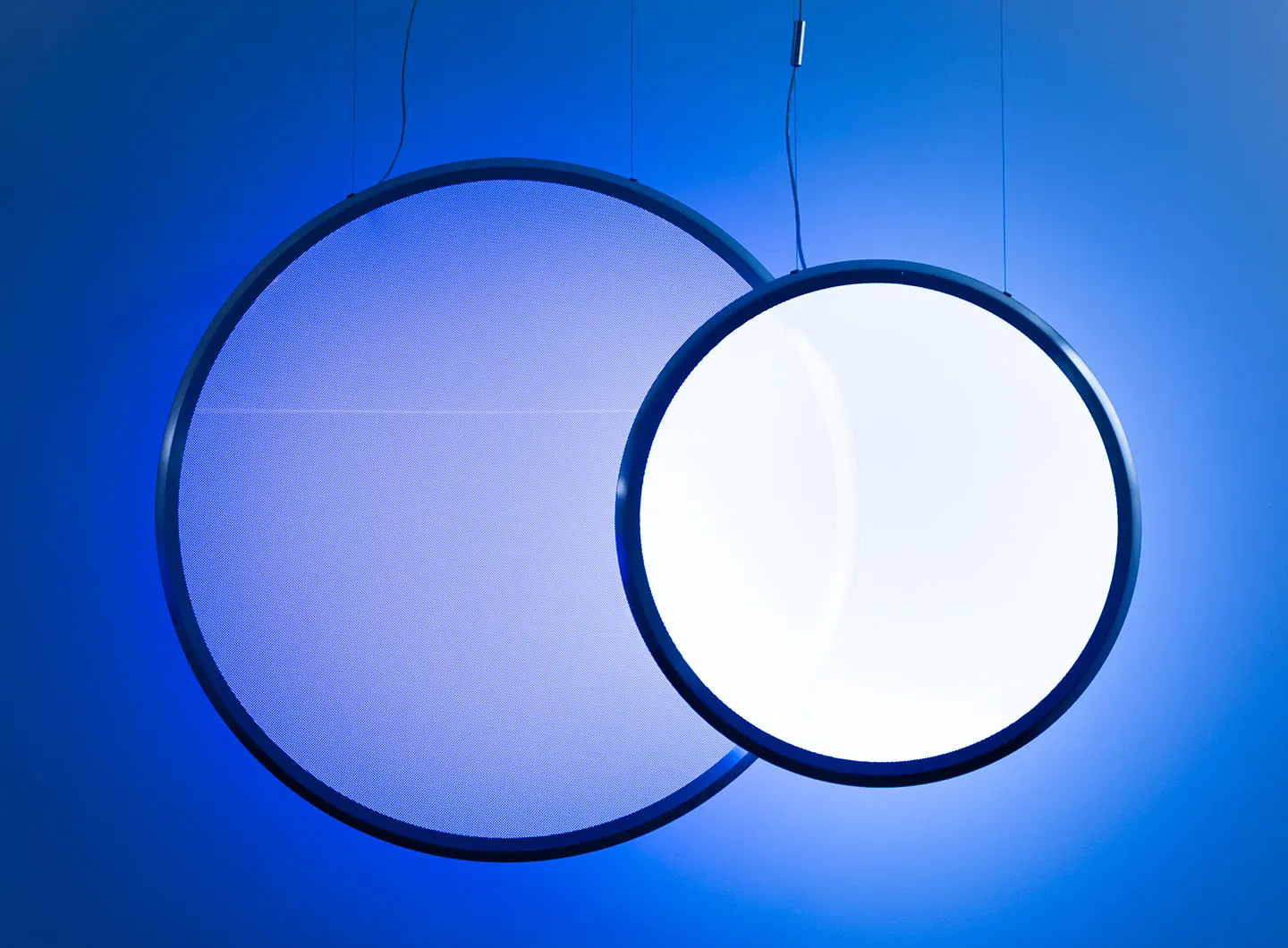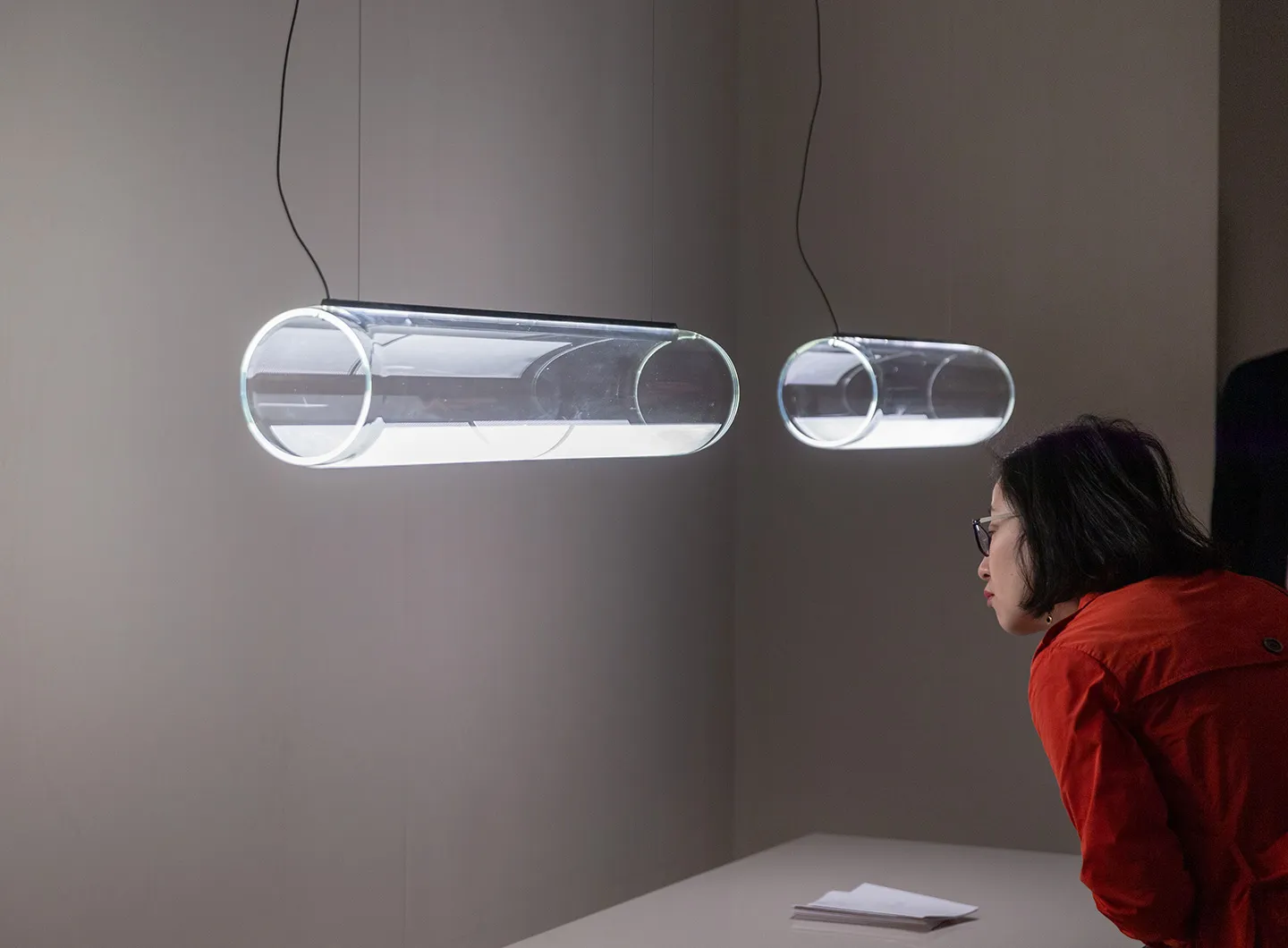The furniture and design segment dedicated to life en plein air. Interview with Roberto Pompa of the Assarredo Presidential Council as well as President of Roda
Let there be light

Arturo Alvarez - Photo by Luca Fiammenghi
Man represents the final frontier for innovation in the field of technical lighting.
We are all in need of positivity, good humour, courage and optimism and, almost miraculously, without our even being conscious of it, light has the tremendous power to instil the energy and create the mood required for facing even the most difficult of days.

Artemide - Photo by Diego Ravier
Natural light, obviously, but increasingly these days, artificial light too. Because Man represents the final frontier for innovation in the field of technical lighting. Many companies are thinking around the idea of what might be termed “therapeutic” lighting, which realigns our physical and mental needs, simulating the rhythm of natural light inside living spaces thanks to automatic variations in the colour, brightness and direction of the beam.
This, therefore, calls for a marriage of intelligent lighting and the sort of integrated lighting leveraged by design, which has been the focus of contemporary lighting for a few years. It enables us to “feel” and “live” our spaces, and has spawned solutions straddling fantasy and concreteness, simplicity and complexity that spark new aesthetic concepts.

Nemo - Photo by Diego Ravier
Technological advances, the evolution of control systems and the miniaturisation of light sources have thrown open new possibilities to designers as regards both the design of individual devices and the design of lighting effects. As the last edition of Euroluce showed, the buzzwords for lighting design were human centricity, technological experimentation and innovation and aesthetic research.

Panzeri - Photo by Diego Ravier
With one of the most-explored aspects of every field now being “smart daily living,” Euroluce showcased intelligent and networked solutions, devices with many more integrated functions such as adaptive intelligence and wireless connectivity, better-performing sensors and systems regulating the colour and the warmth of light. Furthermore, the fact that “wireless” lighting is now a possibility has informed light sources that are portable both outside and inside our houses, bolstering the trend for hybrid domestic environments in which the boundaries increasingly overlap.

Flos - Photo by Saverio Lombardi Vallauri
That a great deal of study had gone into energy efficiency, sustainability and cost-reduction was clear. The new lighting products and lighting systems pair traditional devices with incredibly high quality LED or OLED solutions, with digital controls for achieving the desired results. There was ample use of (easily) recyclable or low environmental impact materials, meaning that neither the manufacture nor the disposal of a product have harmful impacts on our ecosystem.
















